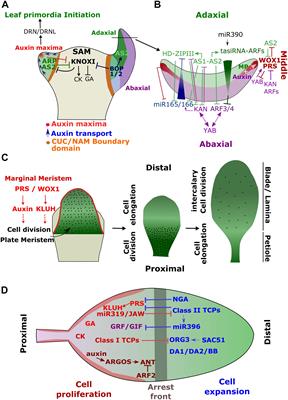Hi all,
I had a look at my echinodorus pictures from a year ago, and I noticed that my E. cordifolius (?) leaf shape changed from
Oval to heart shape to narrow, which I haven’t notice until now. Could anyone explain what’s causing this?


I had a look at my echinodorus pictures from a year ago, and I noticed that my E. cordifolius (?) leaf shape changed from
Oval to heart shape to narrow, which I haven’t notice until now. Could anyone explain what’s causing this?



